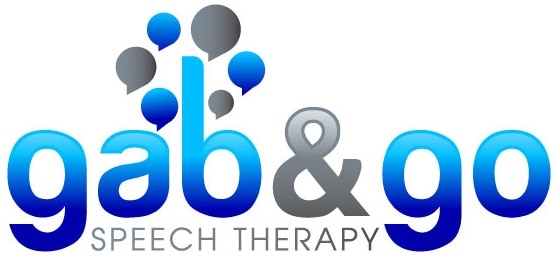Those of us in the professions frequently lament about not seeing children early enough. Parents may not seek our services and physicians may not refer to us. We know and understand the communication milestones we expect a child to meet by certain ages, but others might not. However, we can help educate the public about these milestones. We can also help spread information on how to spot signs of a communication delay or disorder.
Spreading information was one of the chief motivations for ASHA’s early intervention campaign—"Identify the Signs"—when it launched four years ago. In the context of that campaign, I am pleased to announce ASHA’s newest resource: Communicating With Baby: Tips and Milestones From Birth to Age 5.
ASHA collaborated with the nonprofit group Read Aloud 15 MINUTES to create this new toolkit for parents, ASHA members and allied professionals. Read Aloud seeks to make 15 minutes of daily reading to children from ages birth to 8 the national caregiving standard by 2023. The organization believes this simple act can change the face of education in the United States, noting that daily reading happens in less than half of target households, while daily reading from birth occurs in only 15 percent of homes.
Our two organizations share many messages with parents and caregivers about the unmatched developmental role of talking, reading and interacting with children. We each spread these messages through vast, but largely separate networks.
The collaboration with Read Aloud affords ASHA the opportunity to more readily spread the word about talking, hearing and understanding milestones—and the services ASHA members can offer when a child isn’t meeting them—to a large consumer audience.
The ASHA-Read Aloud toolkit consists of seven handouts detailing expected communication milestones by age. The resource also offers easy tips for parents on how they can encourage a child’s communication development at each stage of life from birth to age 5. These suggestions are similar to those found in “Bright Futures” handouts many parents see at well-child pediatrician visits. They also offer information on the benefits of daily reading to children.
Handouts cover the following age ranges:
You can download the colorful, consumer-friendly and printable handouts for free from the "Identify the Signs" website. We provide each one in English and Spanish. ASHA members can use these handouts as a leave-behind following an early intervention visit or client assessment; in interactions with friends and neighbors; as handouts at conferences, presentations or waiting rooms; and in a multitude of other ways. ASHA is also reaching out to organizations representing pediatricians, early childhood educators and others to encourage them to use the toolkit as a resource.
I hope you find this to be a valuable tool. Please share ideas with your peers on how you plan to use the handouts in the comment section below!
Gail J. Richard, PhD, CCC-SLP, is 2017 ASHA president. pr@asha.org

